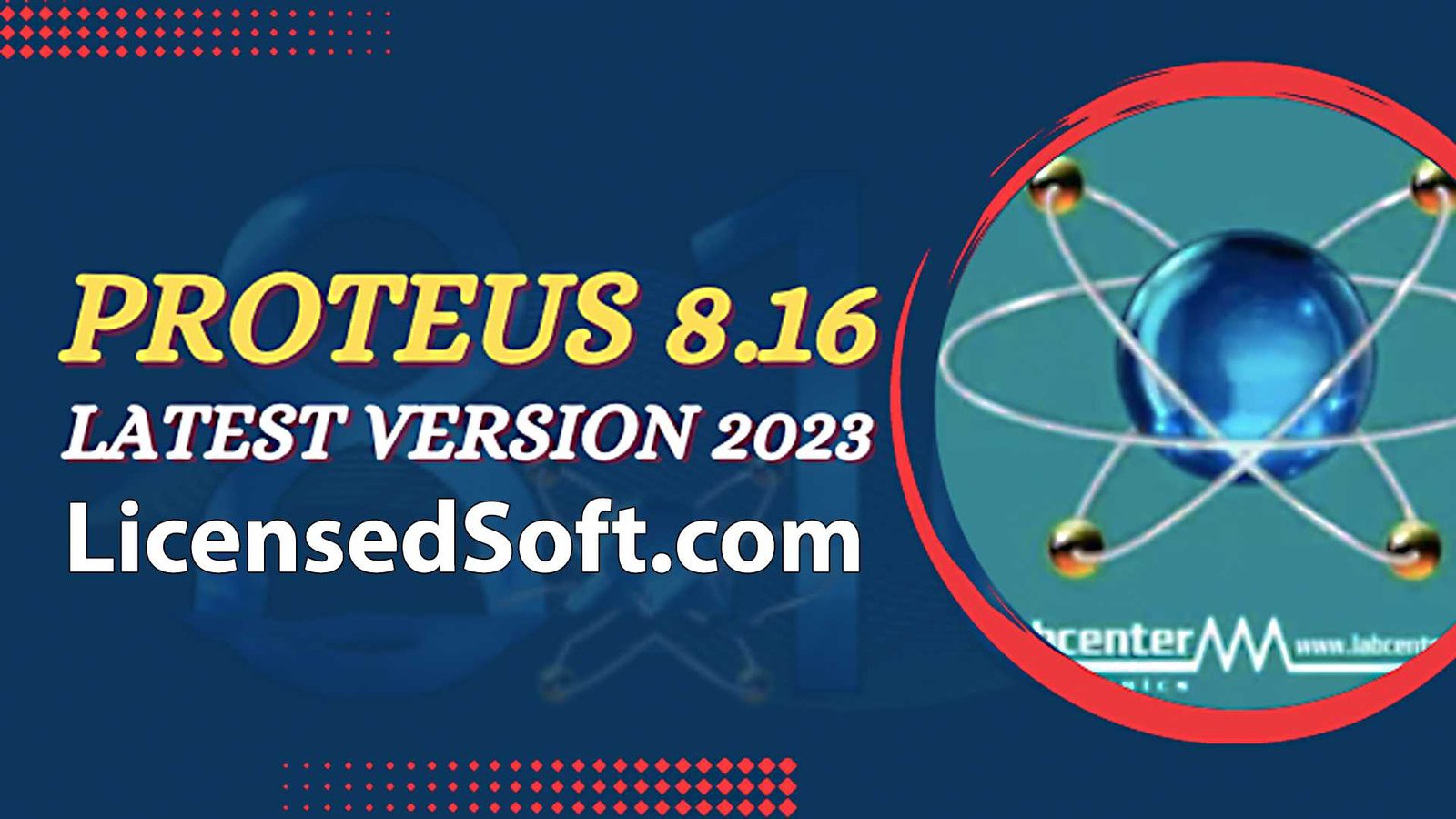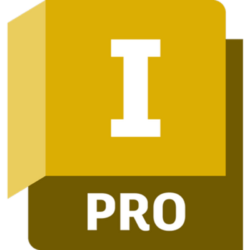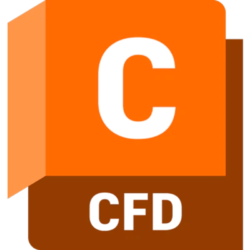Proteus 8.15 Pro version is a software package for computer-aided design of electronic circuits. The package is a circuit simulation system based on PSPICE electronic component model. Proteus 8 is a single application with many service modules providing different functionalities (schematic capture, PCB layout, etc.). The wrapper that enables all the various tools to communicate with each other consists of three main parts. Software combines ease of use with powerful features to help you design, test and layout professional PCBs like never before. With nearly 800 microcontroller models, simulation directly from the schematic, one of the most intuitive professional PCB layout packages on the market, and a world-class shape autorouter as standard, it provides complete package.
A distinctive feature of the Proteus Professional package is the ability to simulate the operation of programmable devices: microcontrollers, microprocessors, DSPs, etc. In addition, the Proteus Professional package includes a PCB design system. Proteus Professional can emulate 8051, ARM7, ARM Cortex-M3, AVR, Texas Instruments, Motorola, PIC, Basic Stamp. The component library contains reference data. You can also get PTC Creo 10 2023 By LicensedSoft.

Proteus 8.15 Pro New Features:
- Application framework. Now Proteus 8 consists of one application with a large number of modules (ISIS, BOM, ARES, 3D Viewer, etc.). Modules can be opened in tabs within the application window, additional windows can be dragged and dropped and created, and multiple tabs can be viewed at once.
- Common Parts Database. A single component database provides data exchange between Proteus modules in the current project. A component is a physical element on a circuit board as well as a logical element on a circuit.
- Live NetListing. Live connection listing available in all modes
- Hive, which allows you to reflect changes in real time. A change in the circuit leads to a change in the board, which in turn leads to a change in the specification.
- 3D Viewer. In 3D browsing, in addition to supporting OpenGL, it also supports DirectX graphics, increases multi-threading, and improves visualization speed. A live connection list is also used, so changes made to ARES will be shown in the 3D viewer.
- Bill of Materials. Brand new module for handling project documentation. Ability to save specifications in popular PDF, HTML and Excel formats.
- VSM Studio. An embedded development environment that allows you to simulate and debug your projects in Proteus VSM and automatically configures the compiler for specific firmware.
- Proteus VSM works well with popular C compilers for MK:
- CodevisionAVR (for AVR MK)
- IAR (any MK)
- ICC (for AVR, MSP430, ARM7, Motorola MK)
- WinAVR (for AVR MK)
- Keil (MK for 8051 and ARM architectures)
- Hitech (PIC for MC architecture 8051 and Microchip)
- VSM for Arduino and Visual Designer for Arduino (for STM32 Blue Pill MK)
- The Proteus VSM program is great for beginners to start learning about microcontrollers.
New Functions of Proteus 8.15
1. Curve route editor:
Editing of curved alignments works similarly to linear alignments. Curved corners can be dragged to expand or contract their radius, and straight parts between curves can be dragged exactly like line segment dragging.
2. Linear routing editor:
Various functions to segment dragging, node dragging, and small segment deletion. The goal of all editing is to maintain 90-degree and 45-degree line segment, because this will enable future drag editing of line segment and clean operation of the program.
3. By dragging:
By dragging is a special case because you don’t often move a lot, any direction is fine. A lot of work has been done to maintain editable wiring traces by dragging.
4. Curved Crown:
Alignments can now be toggled between linear and curved crowns individually, for selected groups or globally. It also depends on keeping the 45 and 90 segment while linear.
- Additional Layers: The layer system has upgrade to include:
- There are four additional mechanical layers.
- Dedicated socket layer.
- Dedicated top and bottom assembly layers.
- In previous versions, you specified which mechanical tier was designated as the slot tier. When imported into Labcenter Proteus 8.15, the contents of this specified layer (if any) will automatically moved to the new slot layer.
- Added new mechanical tiers. Improved curve routing and editing. Detect angle tilt parameter.
System Requirements:
- Processor: 3GHz or higher Intel processor (AMD processors are good, but less optimized).
- Graphics: Graphics card that supports OpenGL 2.0 or higher and/or Direct 3D and Multisampling (MSAA).
- RAM: 8GB RAM (16GB Better).
- Operating System: Microsoft Windows 7 or higher (Better Microsoft Windows 10 64-bit version).



